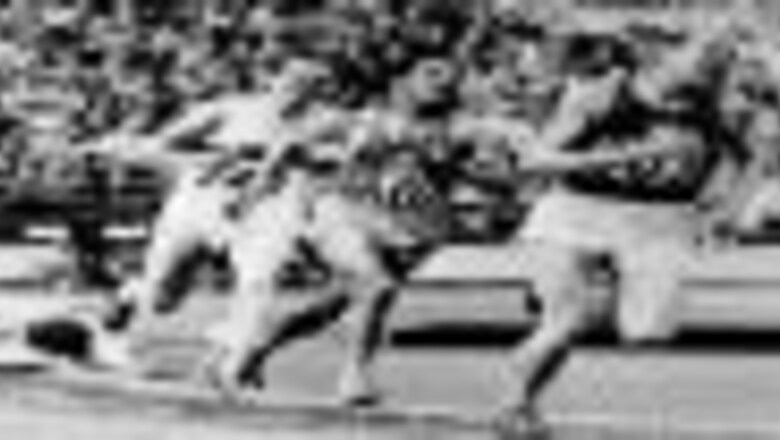
views
The XVth Olympiad was hosted by an instantly-recognisable sporting nation, and a real flurry of excitement descended upon Finland and its capital Helsinki as it welcomed nearly 5,000 athletes from 69 countries.
The effort to guarantee success being made easier by works undertaken in 1938 following Tokyo's forfeit of the 1940 Games, competition was of high standard and the Helsinki Games were generally held in high esteem.
In the political arena, the return of the Russians - absent since the decisive outbreak of the Bolshevik revolution in 1917 - proved a diplomatic and sporting success for the IOC.
Also making its return to the olympic fold, following an absence of 20 years due to accusations of professionalism, was 56-year-old Finnish legend Paavo Nurmi.
He carried the Olympic flame, passing it to his compatriot Hannes Kolehmainen, who lit the Olympic bowl.
Meanwhile, Swedish IOC president Sigfrid Edstrom stood down at the end of the Games and was replaced by a rather more stout defender of amateurism, American Avery Brundage.
In the sports arena, the United States dominated athletics and swimming events, and also began their epic duel with the Soviets. Yet a true star emerged in the shape of Czechoslovakia's Emil Zatopek, hero of the 5000m, 10,000m and marathon.
A true sporting affair
Even if the issue of the Cold War was apparent, for the most part, sport remained on top of the agenda.
The diplomatic Finns set up home for the Soviet Union and her satellite countries in an olympic village a little further removed from their western rivals.
Ukraine and Belarus competed under the Soviet flag, despite being regarded as independent nations by the United Nations.
Meanwhile, the Americans proudly expanded their exisiting account with an additional 76 medals (40 gold, 19 silver, and 17 bronze), coming first overall.
The Soviet Union finished in second place with a total of 71 medals, (22 gold, 30 silver, and 19 bronze).




















Comments
0 comment